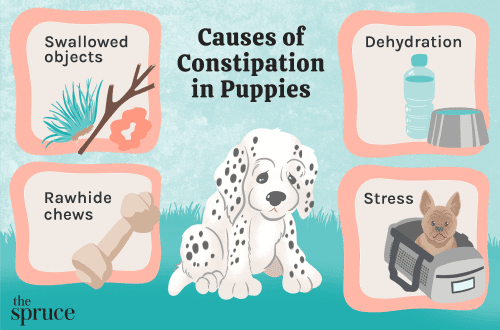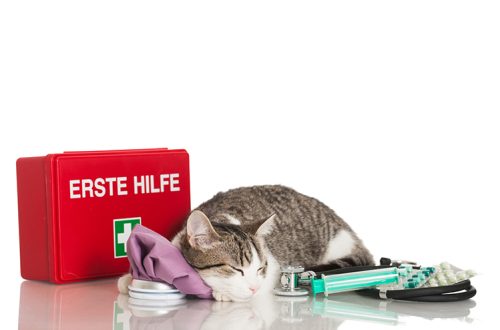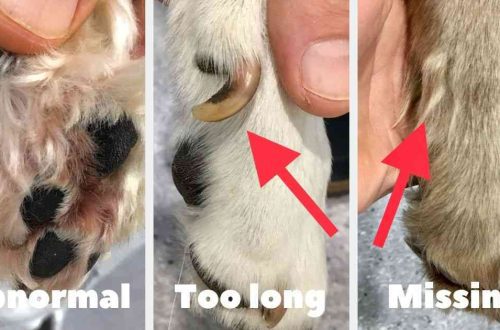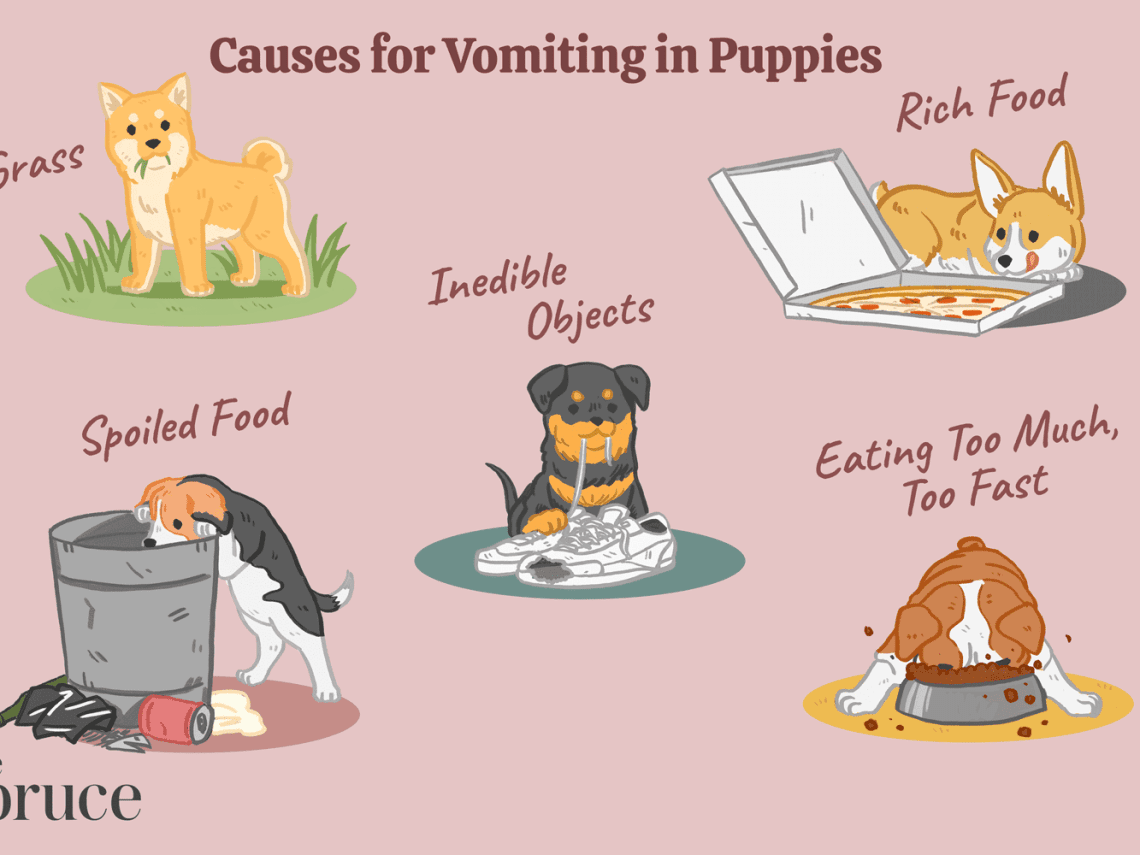
Vomiting in dogs: causes and what to do
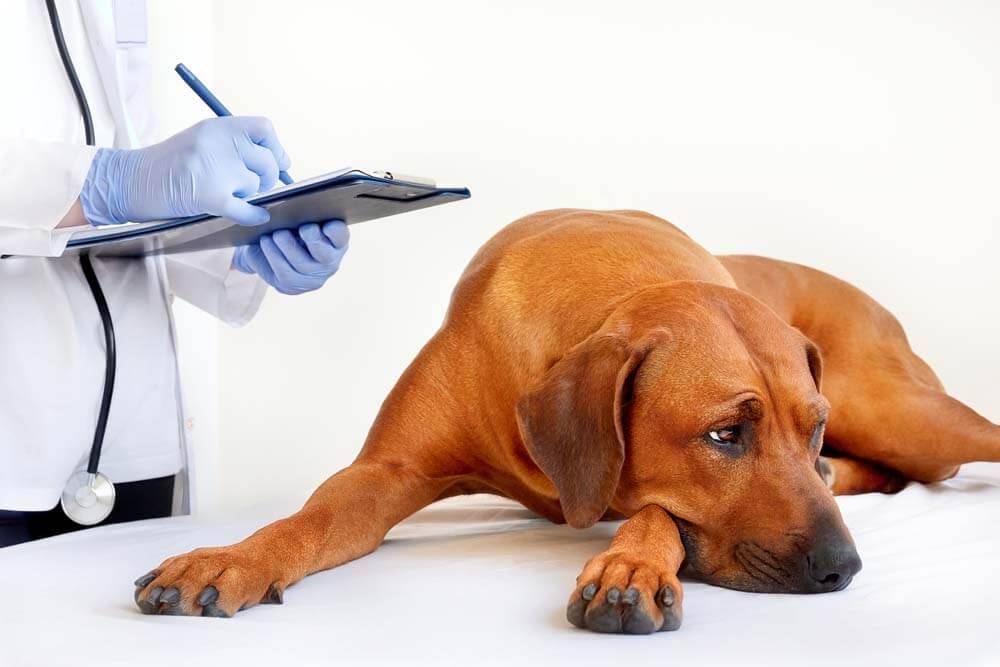
Contents
Signs of vomiting
Sometimes it is difficult for the owner to understand what exactly is happening: the dog is vomiting or coughing, or maybe it is regurgitation, that is, spitting up. Differences between vomiting and regurgitation and cough are as follows:
Before the act of vomiting, the pet often has anxiety. Perhaps frequent licking, whining, sometimes the dog burps;
Vomiting is an active muscular process that is accompanied in the dog by noticeable contractions of the abdominal wall;
Before regurgitation, urges are rare, and it is not accompanied by contractions of the abdominal muscles;
Regurgitation often occurs immediately or a short time after eating;
Cough is usually accompanied by pronounced wheezing sounds.
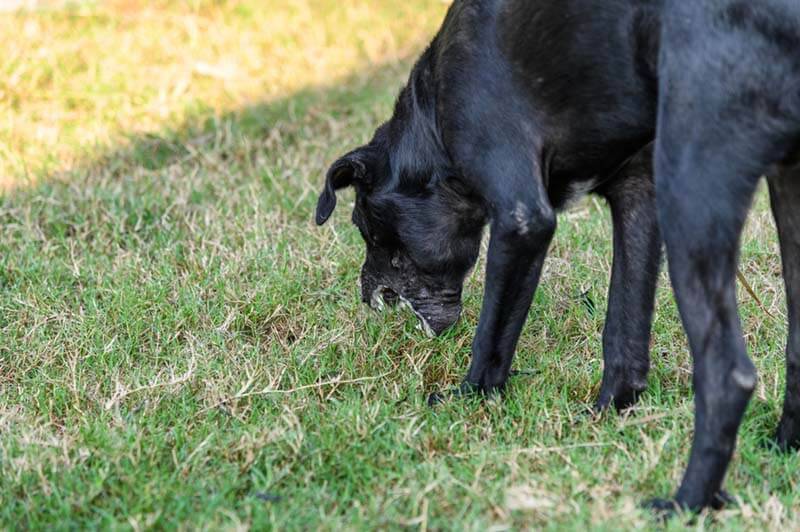
Why does a dog feel sick and vomit?
By themselves, nausea and vomiting are not an independent disease, they are only symptoms. There are many reasons for them: infection, foreign body, parasites, intoxication due to poisoning or accumulation of toxins (for example, in severe renal or hepatic pathology), tumors and ulcers in the gastrointestinal tract. Vomiting can also accompany diseases of the central nervous system in a dog, for example, encephalitis, traumatic brain injury.
Dangerous reasons
There are serious diseases in which the dog feels sick and vomits. As a rule, in such conditions, it is necessary to contact a veterinarian, in some cases, urgent help may be required.
Parvovirus gastroenteritis and other infections
Parvovirus gastroenteritis is highly contagious and can affect dogs of any age and breed. It causes acute inflammation of the gastrointestinal tract, due to which the dog begins to have diarrhea and vomiting. As a result, dehydration, loss of proteins and electrolytes develop rapidly. There are other dangerous infections that can be accompanied by vomiting, such as leptospirosis and canine distemper.
Foreign body
Gnawing something regularly is a normal dog behavior, but sometimes it ends with swallowing a foreign body. This can happen during play, and bones and cartilage present in the pet’s diet can also become foreign bodies. Foreign bodies are dangerous because they can not only lead to obstruction of the gastrointestinal tract, but also to its damage – perforation. With complete or partial blockage of the gastrointestinal tract, green vomiting may appear, if its walls are injured, vomiting with blood.
Poisoning
On walks, in a summer cottage, in a house adjoining territory, and even in a city apartment, a dog can swallow a toxin: household chemicals, insecticides, medicines, fertilizers. Some toxins may come as a surprise to the wearer. For example, chocolate, grapes, raisins, onions, garlic, macadamia nuts, a large amount of salt (in chips, snacks) are toxic to dogs. Some plants (including domestic ones) can also be toxic.
Ulcers and neoplasms
In some pathologies, ulcers of the stomach and intestines appear. This is possible with severe kidney disease, uncontrolled or prolonged use of certain drugs (for example, non-steroidal anti-inflammatory drugs). Tumor processes or their metastases can develop in the gastrointestinal tract. These pathologies can cause bleeding and perforation of the walls of the gastrointestinal tract. In such cases, vomiting of blood, brown vomit with an admixture similar to coffee grounds, black tarry stools are common symptoms.
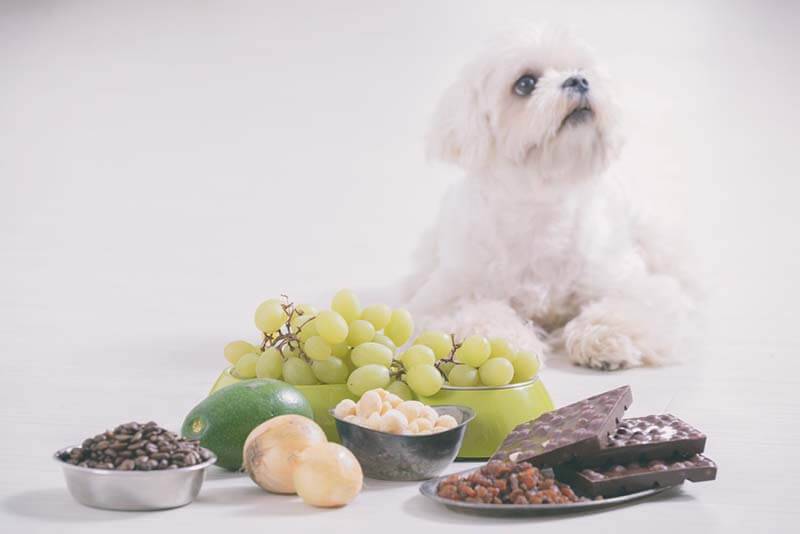
invagination
This is the entry of one part of the intestine into another. It can occur with severe inflammation of the gastrointestinal tract, neoplasms, foreign bodies. Symptoms will be: incessant vomiting of water, food, vomiting with mucus, yellow vomiting (with bile), attacks of pain. Defecation may be rare or absent altogether. Also, feces can have a muco-bloody character (the so-called “raspberry jelly”).
Traumatic brain injury
If a pet falls or hits the head with an attack of vomiting, this is the reason for an urgent visit to the doctor. Brain damage has other symptoms: loss of consciousness, impaired coordination, bleeding from the nose, ears, and others.
pancreatitis
The pancreas can become inflamed for various reasons, but often this is a consequence of feeding the pet inappropriate food – for example, fatty. With pancreatitis, diarrhea is possible, depression and severe pain are often observed. Sometimes the pain in the abdomen is so strong that the animal will take a forced position – fall on its front paws (the “prayer” position), arch its back, whine.

Non-dangerous reasons
Not all situations require immediate medical attention. Sometimes the symptoms resolve on their own and require minimal intervention from the owner.
Nutritional disorders
Our pets love to hunt and explore the world around them, and sometimes food from the table or food leftovers from the bin can be the subject of their research. Dogs also have their own personal view of “sweets”, and on walks they often pick up “tidbits”, in their opinion, pieces of food debris and even fragments of carrion and feces. The consequence may be digestive problems, which, in the absence of complications, go away on their own and do not require a visit to the veterinarian.
vermin
The lifestyle of dogs – daily walks, a love of digging, chewing, licking, and even eating dubious “goodies” on the street – leads to infection with helminths. As a rule, for adult healthy dogs, intestinal worms do not pose a serious danger. But, if the owner remembers to treat the pet for parasites only once a year before vaccination, they may well cause periodic vomiting.
Pregnancy
Pregnancy may be accompanied by vomiting. Often this does not last long and goes away on its own. In the early stages, this is a consequence of hormonal changes in the body. In the later, especially with multiple pregnancies, the uterus, which has significantly increased in volume, can put pressure on the digestive tract and thereby lead to nausea and vomiting.
Binge eating
Dogs sometimes eat their portion too quickly. This can be facilitated by competition with other pets in the house, because, as you know, food always tastes better in someone else’s bowl. Also, the reason is the incorrect calculation of portions without taking into account the size of the animal and its energy needs.

Starvation
Hungry vomiting in a dog can occur with an irrational feeding regimen, if the animal receives its portion once a day, or food is dispensed chaotically at different times. In such cases, vomiting with mucus, yellow vomit (with bile), or vomiting of white foam is more common.
Stress
Some factors that are completely insignificant for us can be a source of great distress for our pets. For example, the visit of guests, noisy parties, fireworks, a trip to the veterinary clinic, a new pet in the house, and so on.
Motion sickness
Transportation is a common cause of motion sickness attacks. Such an effect on the vestibular apparatus can result in nausea and vomiting.
Dog vomiting undigested food
It will be rather not a cause, but a consequence of any problem. Most often occurs in diseases of the upper gastrointestinal tract. If it happens occasionally, it may be associated with overeating or dietary errors. With regular repetition of vomiting and its increase, it is important to diagnose, including, exclude gastritis, esophagitis, that is, inflammation of the esophagus and megaesophagus – a pathological expansion of the esophagus, which is already a dangerous cause of vomiting, and more often – regurgitation.
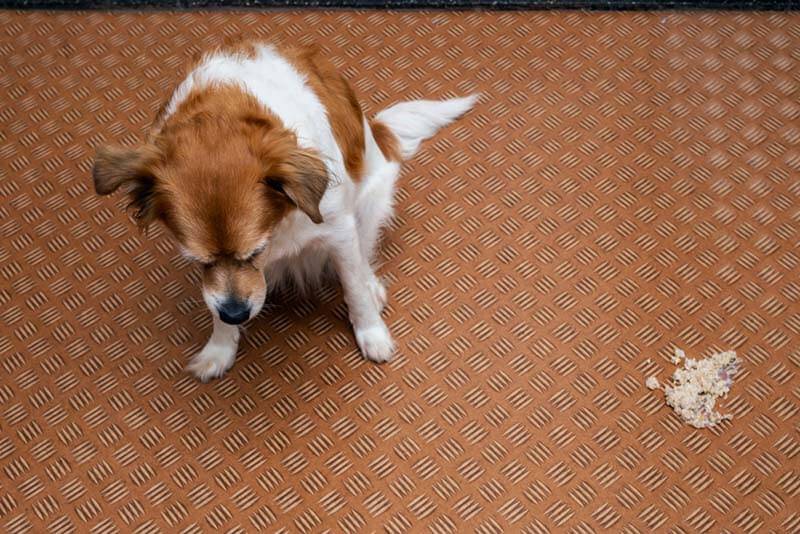
Additional symptoms
In dangerous conditions, the pet will have other symptoms in addition to vomiting. For example, pancreatitis very often accompanied by pain, sometimes it is she who scares the owner the most.
Foreign body can manifest itself in different ways and this is its insidious feature. For example, with partial blockage of the gastrointestinal tract, a dog may eat and drink for a while without showing other signs of illness, except for occasional vomiting. Intoxication in case of poisoning may be accompanied by decreased activity, loss of appetite, apathy, and sometimes even neurological symptoms.
Injuries esophagus, stomach, intestines, most likely to lead to vomiting of blood, sometimes to melena (black, tarry feces).
For infectious diseases fever is a common symptom.
Non-dangerous causes, in the absence of complications, as a rule, do not lead to any significant changes in the pet’s condition. With repeated vomiting and severe nausea, appetite may disappear and activity may decrease slightly.
Warning signs requiring immediate medical attention:
Vomiting blood or brown vomit that looks like coffee grounds
A large amount of blood in the feces, melena;
Foreign bodies in vomit and feces;
There is a suspicion that the animal could have eaten medicines, household chemicals, insecticide or any other toxin;
Neurological symptoms: convulsions, the animal “skids”, paws bend and shake, body position in space is unnatural.
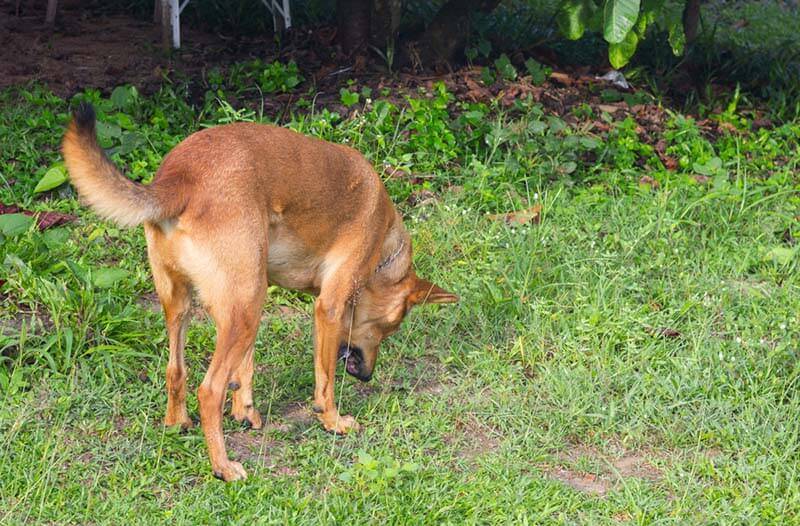
Diagnostics
The initial stage of diagnosis for all pathologies will be an examination by a veterinarian. Since our pets are not able to explain themselves what is bothering them, a detailed description of the animal’s lifestyle, feeding regimen, eating habits, previous diseases, duration and severity of symptoms is important for the specialist.
In most cases, an abdominal ultrasound will be required. It will be necessary in case of suspected pancreatitis, enteritis, enterocolitis, foreign body of the gastrointestinal tract, hepatobiliary diseases (liver and biliary tract), kidney disease.
A general clinical blood test is important for assessing the degree of the inflammatory process, as well as excluding anemia.
A biochemical blood test helps evaluate liver function, kidney function, protein loss, electrolyte and glucose levels.
If parvovirus gastroenteritis is suspected, canine distemper will require a fecal or rectal swab examination to identify the pathogen.
Sometimes other procedures are needed: X-ray examination, endoscopy and even computed tomography.
Treatment
Treatment will depend on the diagnosis, but will usually always include drugs to control nausea and vomiting. Diet and feeding regimens are also corrected. With parasitosis – treatment for worms.
Sometimes it is enough to eliminate the cause of vomiting – for example, removal of a foreign body from the gastrointestinal tract. In such cases, further therapy will be aimed at the speedy recovery of the pet.
When vomiting is caused by a metabolic disorder or intoxication, a systematic approach to the patient is important.
For example, with poisoning or severe damage to the kidneys, liver, due to chronic pathologies, the removal of vomiting will be only part of the volumetric therapy.
If necessary, fluid and electrolyte balance is replenished. This is especially important if the animal has fever, or cannot eat or drink due to nausea, loses fluid and electrolytes with diarrhea and vomiting.
Pain relief is essential with pancreatitis, foreign body, invagination and severe gastroenteritis.
Gastroprotective agents are often used to protect the gastric mucosa.
RџSЂRё tumorssurgical treatment is combined with chemotherapy.
Also, the operation is necessary for intestinal invagination and penetrating ulcers.
With traumatic brain injury observation in a hospital setting and consultation with a neurologist specialist will be required.
If the condition of the pet is severe, regardless of the initial cause, long-term and intensive treatment may be required, including in a hospital setting.
Below, we’ll go into more detail about what to do if your dog is sick and vomiting.
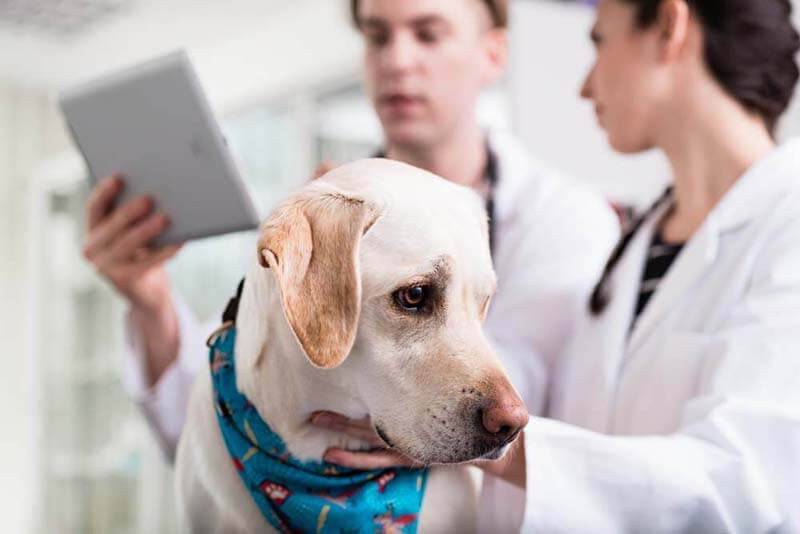
Antiemetics for dogs
Name | Form | When appointed | dosage |
Serenia, Maropital (Maropitant) | Solution for injection 10 mg/ml | With vomiting and nausea of any etiology | 1 mg/kg (0,1 ml/kg) 1 time per day. subcutaneously |
Ondansetron (Regumiral, Zofran, Latran) | Solution for injection 2 mg/ml | With vomiting and nausea of any etiology. Use with caution in dogs with ABCB1 (MDR-1) mutation | 0,5-1 mg/kg 1-2 times a day. Intramuscular, intravenous |
Cerucal (Metoclopramide) | Solution for injection 5 mg/ml; tablets 10 mg | With vomiting and nausea. Strengthens the peristalsis of the stomach and intestines | 0,25-0,5 mg/kg (0,05-0,1 ml/kg), 2 times a day. Subcutaneously, intramuscularly |
Domperidone (Motilium, Motinorm) | Suspension or syrup for oral administration 1 mg / ml; Tablets 10 mg | With vomiting and nausea. Strengthens the peristalsis of the stomach and intestines. Use with caution in dogs with ABCB1 (MDR-1) mutation | From 0,01 mg to 0,5 mg/kg; (from 0,01 to 0,5 ml/kg), 2 times a day. Total dose 2-5 mg (2-5 ml) per animal |
The use of these funds is necessary for repeated vomiting or severe nausea, when the animal cannot take food and water, even in small volumes.
Most often, preparations based on maropitant (Sereniya, Maropital) or ondansetron (Regumiral, Ondansetron, Latran) are used for dogs.
The use of injectables is optimal, since it is problematic to give tablets or suspension to an animal with vomiting.
Preparations based on metoclopramide and domperidone increase peristalsis, that is, the contraction of the walls of the stomach and intestines, so they cannot be used in case of obstruction of the gastrointestinal tract (for example, by a foreign body) or suspicion of it. All of the above drugs are used under the supervision of a veterinarian or as prescribed.
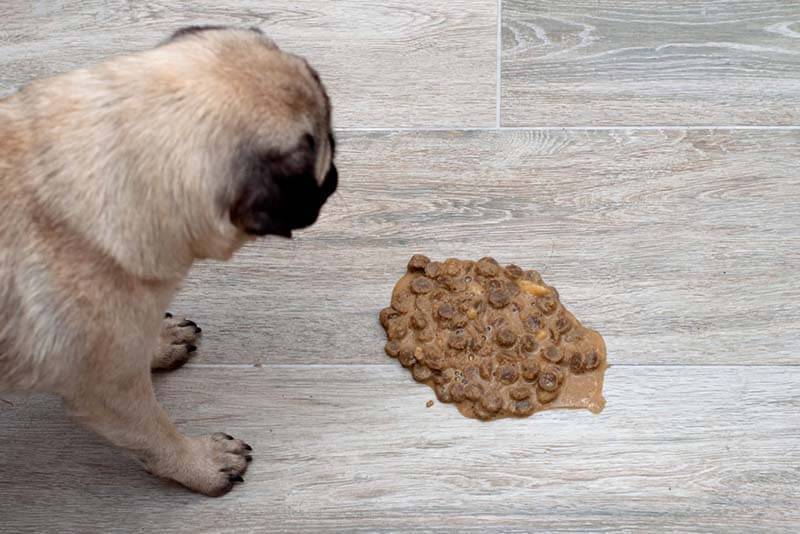
How to stop vomiting in a dog?
With a single one-time vomiting due to stress or motion sickness, nothing needs to be done. If the dog’s vomiting recurs, you can limit it in food for 4-12 hours, especially if any amount of food provokes a new attack. It is better to drink in small portions, often. At home, as a rule, the use of special antiemetics is not required.
But when the dog vomits repeatedly, not allowing to eat and drink, and there is no way to visit a veterinarian, the most optimal would be the introduction of such injectables as Serenia or Maropital. They are used according to the instructions in the required dosages (doses are indicated in the table above). The use of these funds requires the owner to be skilled in subcutaneous injections. Most often, subcutaneous injections are administered in the region of the withers, shoulder blades.
Often owners use probiotics. For example, they think that a dog can be given Laktobifadol, Vetom, Laktoferon for vomiting. But it is important to understand that probiotics will not have any effect on nausea and vomiting, because they are designed to affect the bacteria that colonize the intestines.
Pet care
Start feeding your dog when vomiting or after a starvation diet with small amounts of wet or liquid food. Gradually, portions of food and the time between them increase. You can consider a temporary transition to specialized ready-made therapeutic diets.
An animal experiencing discomfort needs a quiet and calm environment. Provide him with a comfortable, secluded place to rest, temporarily limit his communication with other pets. Eliminate increased physical activity: long walks, jogging up the stairs, outdoor games.
If you have to leave your dog in the hospital, give him his favorite bedding, toys, and things with your smell (for example, a sweater or T-shirt). This will help reduce stress in the pet and calm him down.
If you receive recommendations from your veterinarian for home treatment, be sure to follow them. If it is impossible to carry out the necessary manipulations at home, be sure to consult a doctor to correct the treatment.
Vomiting in puppies
Puppies play a lot and actively explore the world around them, including with the help of their teeth, so they often swallow foreign objects. Their immune system is not yet as perfect as in adult dogs. If a puppy is vomiting repeatedly, this is a reason to consult a veterinarian.
There are a number of important nuances that you need to know:
When a puppy has diarrhea and vomiting, he quickly loses fluids, electrolytes and proteins, especially if he is not hungry;
In puppies, against the background of nausea, vomiting and starvation, a critical condition may develop – hypoglycemia (especially in small breeds). This is a decrease in blood sugar, which is fraught with loss of consciousness, convulsions and death of the pet;
Puppies are more susceptible to infectious diseases and endure them more severely than adult animals;
In puppies, the use of a starvation diet is not recommended.
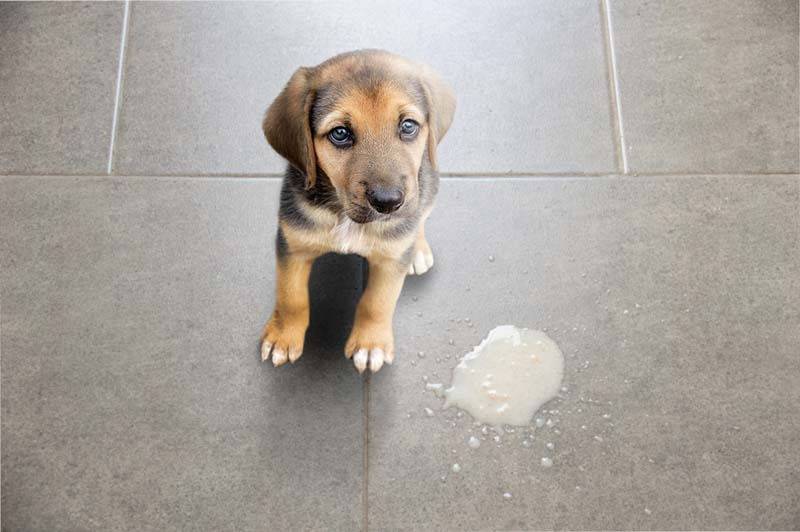
Prevention
As we discussed above, vomiting is a sign of many pathologies. To prevent it, you need to follow simple but important rules for caring for an animal:
Provide your pet with a balanced diet. Do not give bones, large cartilage, food from the table;
Timely carry out comprehensive vaccination and treatment against helminths;
Teach your dog not to pick up on the street, not to steal food from the table, food waste from the bin;
Use durable toys that are difficult to chew and swallow;
Keep household chemicals, insecticides, rodenticides, medicines, house plants out of reach.
Vomiting in Dogs Essentials
By itself, vomiting is not an independent disease, it is only a symptom of a problem, and therefore it can accompany a variety of pathologies and conditions: from harmless motion sickness to dangerous infectious diseases.
It does not always require a visit to the veterinarian and special treatment. With a single, rare vomiting, a short starvation diet and fractional feeding are sufficient.
Should alert in combination with other symptoms: fever, diarrhea, depression, pain syndrome.
In some situations, in itself is a serious reason for an immediate visit to the veterinary clinic. For example, vomiting with blood, vomiting with an admixture similar to coffee grounds. Or repeated vomiting of any amount of food eaten and water drunk, vomiting after a head injury or fall, repeated vomiting in a puppy that does not allow him to eat and drink.
Sources:
E. Hall, J. Simpson, D. Williams. Gastroenterology of dogs and cats.
Plotnikova N. V. Vomiting in dogs: an algorithm for diagnosis and treatment // Journal “Veterinary Petersburg”, No5, 2013
Answers to frequently asked questions





